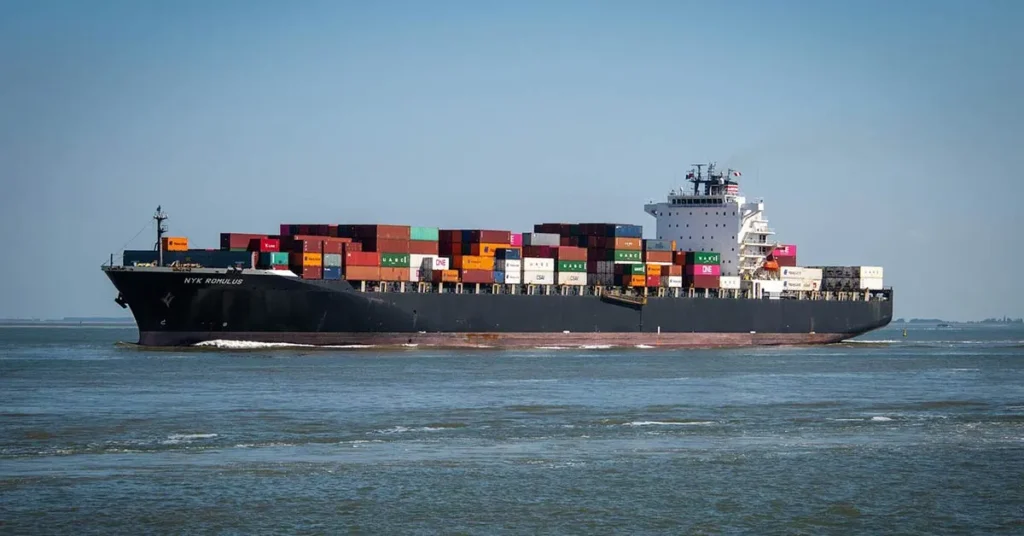Whether you’re an individual relocating, a small business owner, or a large corporation, understanding the costs associated with shipping substantial weights is crucial for effective planning and budgeting.
The process involves numerous variables, including the shipping method, distance, fuel surcharges, and additional services. Cost To Ship 1000 Lbs
By examining these factors, we aim to provide a comprehensive overview of the expenses involved in transporting 1000 lbs across the United States.
Modes of Transportation
The mode of transportation plays a pivotal role in determining the cost of shipping. Here are the most common options:
Trucking
- Trucking is often the preferred choice for overland shipments due to its flexibility and speed.
- Costs can vary based on the type of truck (full truckload or less-than-truckload), distance, fuel prices, and additional services.
- Trucking companies typically charge by the mile or a flat rate for specific routes.
Rail Freight
- Rail freight is a cost-effective option for shipping larger volumes over long distances.
- Costs are primarily based on weight, distance, and the type of service (expedited or standard).
- Rail can be slower than trucking but often more economical for cross-country shipments.
Air Freight
- Air freight is the fastest but most expensive option for shipping 1000 lbs across the United States.
- Costs are typically calculated by a combination of weight and dimensions, known as dimensional weight.
- Air freight is ideal for time-sensitive shipments or high-value goods where speed is paramount.
Distance Considerations
The distance between the origin and destination is a significant factor in determining shipping costs. Generally, the longer the distance, the higher the cost. However, the cost per mile tends to decrease as the distance increases, known as the “distance taper” effect.
| Distance Range | Approximate Cost per Mile (Trucking) |
| 0-500 miles | $2.50 – $4.00 |
| 500-1000 miles | $1.80 – $3.00 |
| 1000-2000 miles | $1.50 – $2.50 |
| 2000+ miles | $1.20 – $2.00 |
It’s important to note that these figures are approximate and can vary based on factors such as fuel prices, demand, and the specific carrier.
Additional Costs and Considerations
Beyond the base transportation costs, there are several additional factors that can impact the overall shipping expense:
- Fuel surcharges: Carriers often impose fuel surcharges to offset fluctuating fuel costs, which can add a significant amount to the total shipping cost.
- Accessorial charges: These fees cover additional services like liftgate services, inside delivery, or residential delivery surcharges.
- Insurance: Depending on the value and nature of the goods, additional insurance may be required, increasing the overall cost.
- Packaging and handling: If the items require special packaging or handling, additional fees may apply.
- Oversized or overweight shipments: Shipments exceeding standard dimensions or weights may incur additional charges.
Cost-Saving Strategies
While shipping costs can be substantial, there are several strategies businesses and individuals can employ to minimize expenses:
- Consolidate shipments: Combining multiple smaller shipments into a single larger one can often result in lower per-unit costs.
- Negotiate rates: For frequent or high-volume shipments, negotiating discounted rates with carriers can lead to significant savings.
- Optimize packaging: Properly packaging and palletizing shipments can minimize dimensional weight charges and prevent potential damages.
- Consider alternative modes: While trucking may be the default, exploring other modes like rail or intermodal transportation can potentially reduce costs, especially for longer distances. Best International Car Shipping
Parting Words:
Shipping 1000 lbs across the United States can be a complex and costly endeavor, with numerous factors influencing the final cost.
From the mode of transportation and distance to additional charges and industry insights, this article has provided a comprehensive overview of the expenses involved.
By understanding these factors and employing cost-saving strategies, businesses and individuals can make informed decisions and optimize their shipping expenses.

